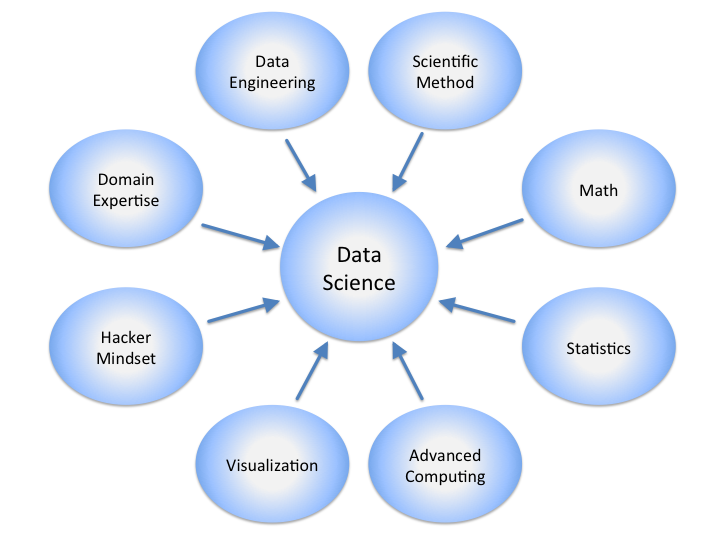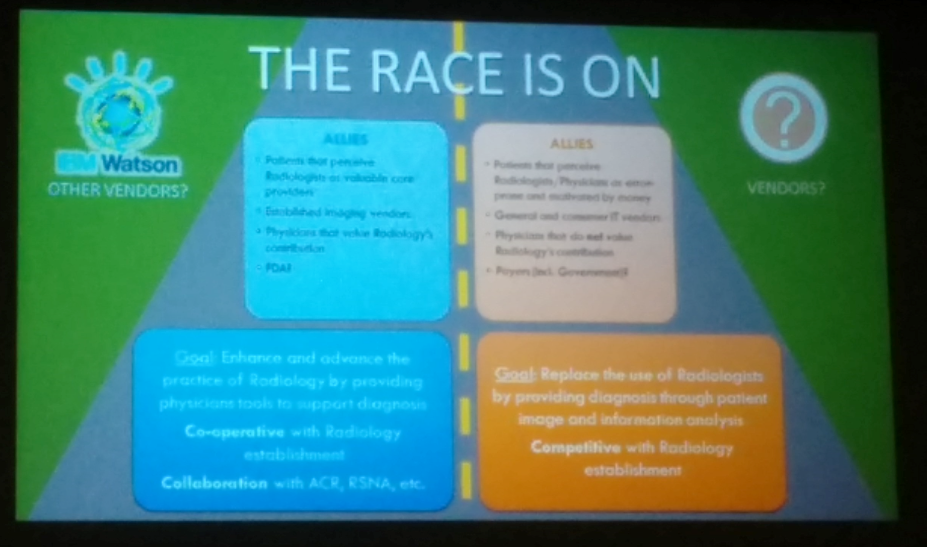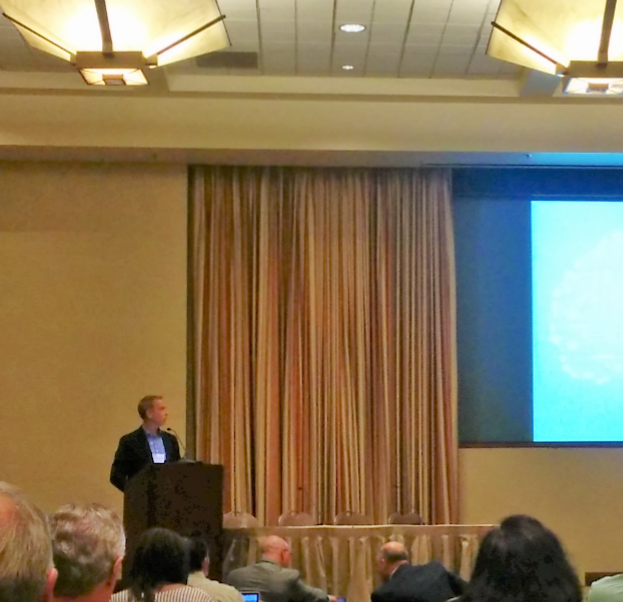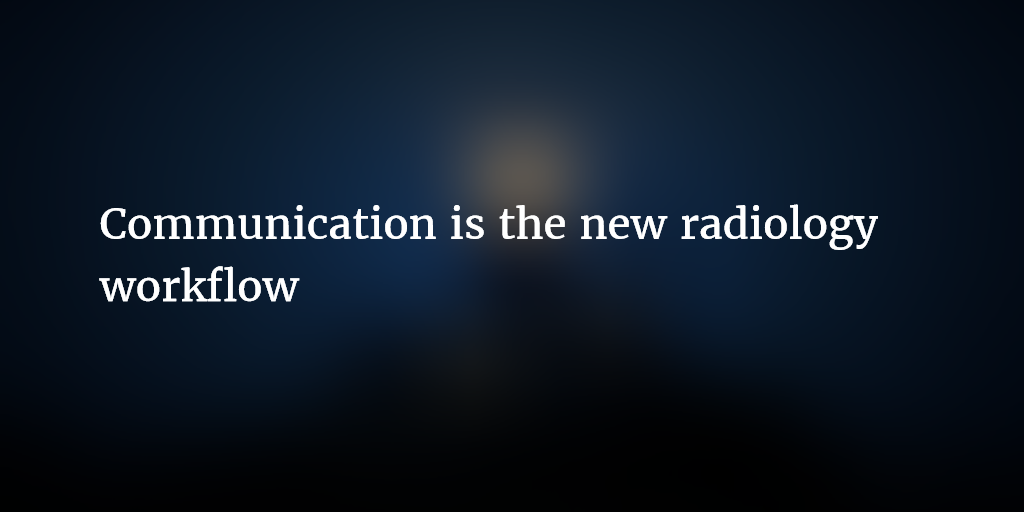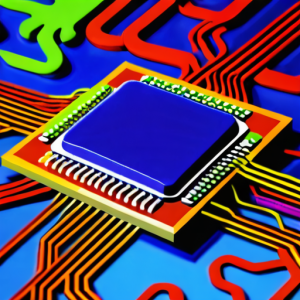
The U.S. FDA, Health Canada, and the UK’s MHRA have unveiled 10 guiding principles for Good Machine Learning Practice (GMLP) in developing AI/ML medical devices. These principles aim to ensure safety, efficacy, and quality in healthcare innovation. Key focuses include leveraging multi-disciplinary expertise, implementing good software and security practices, ensuring representative clinical study participants and data sets, maintaining independence between training and test data sets, and emphasizing the performance of the human-AI team. These guidelines also highlight the importance of clear user information, robust testing, and ongoing monitoring of deployed models to manage re-training risks and maintain performance.
Read the full GMLP draft on the FDA website.
1-Minute Summary
Here are the ten principles of GMLP.
Continue reading
